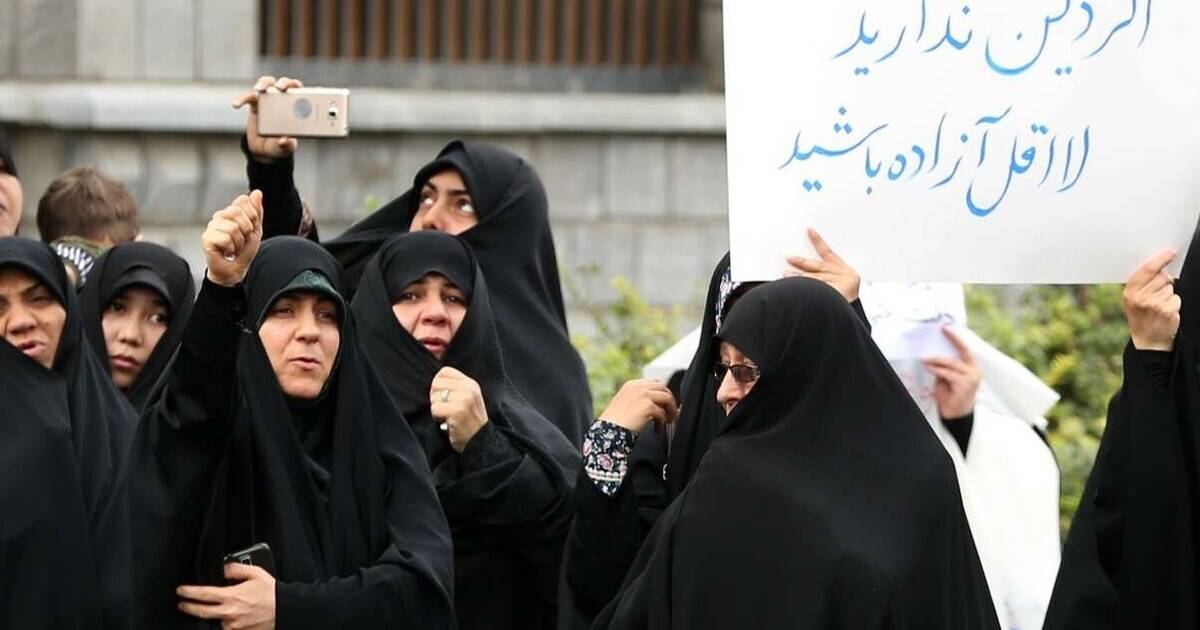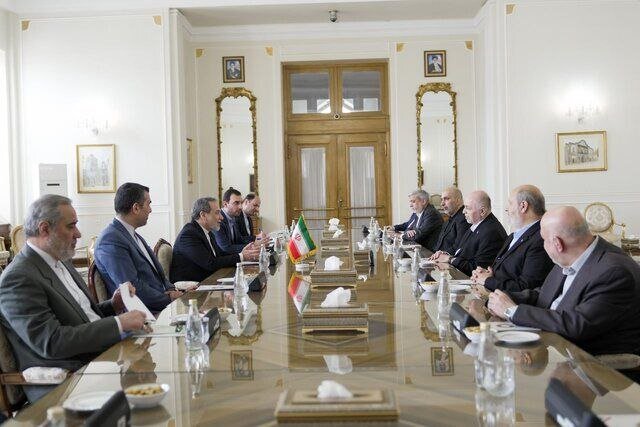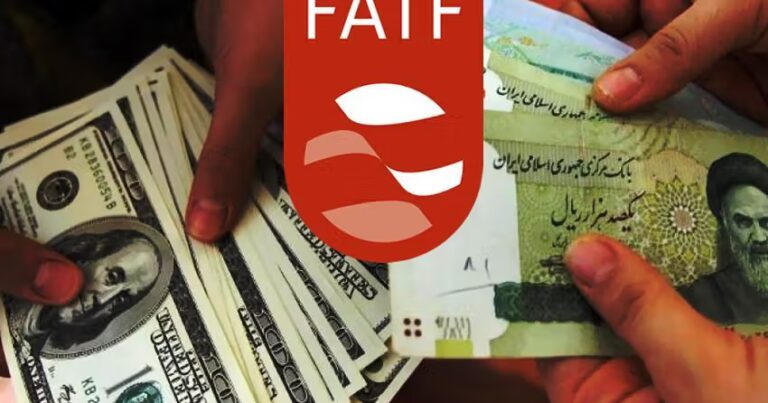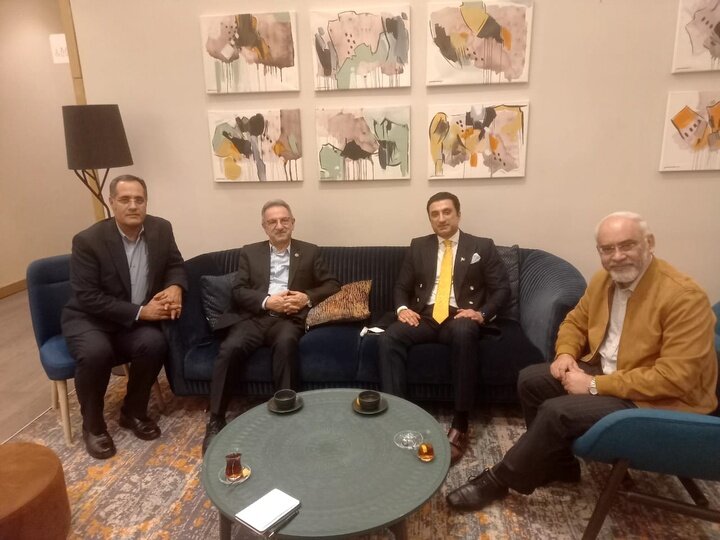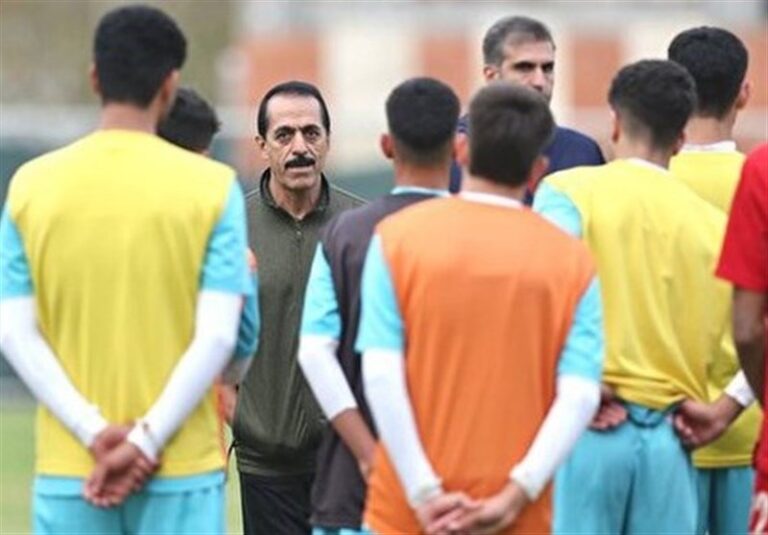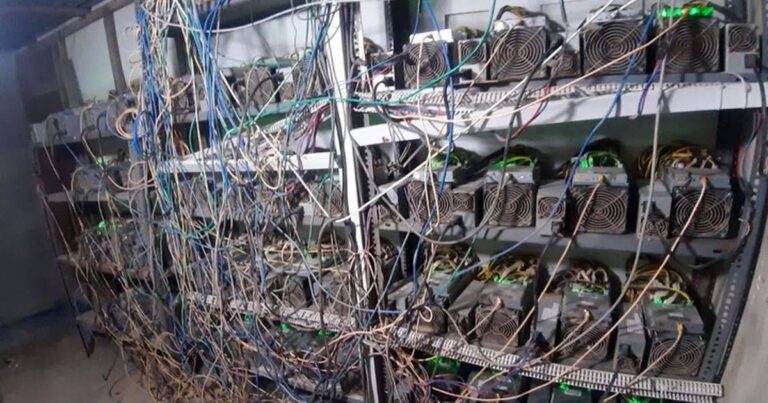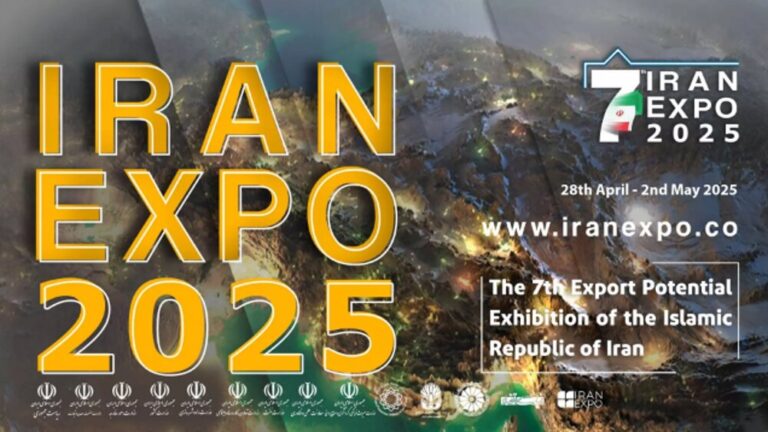Iran’s Police Crackdown: Unraveling the Mystery Behind the Pro-Hijab Vigilante Movement
An unprecedented police crackdown on pro-hijab protesters in Iran highlights a significant shift in priorities within the government, indicating that defiance from supporters of the regime will no longer be tolerated. This recent event marks a crucial moment in the ongoing struggle over hijab laws and the rights of women in the country.
On Friday evening, hundreds of male and female police officers descended upon a makeshift vigilante camp located outside the Iranian parliament. This action dispersed around two dozen protesters—primarily women—who had peacefully gathered there for over 45 days to voice their grievances regarding the delay in enforcing a controversial hijab law. Although no arrests were reported, religious vigilante groups claimed that police employed excessive force during the operation. They subsequently called for their supporters to gather outside the parliament on Saturday afternoon. However, a spokesman, Hossein Allahkaram, later announced that the rally would be postponed until after the Nowruz holidays.
Tehran’s deputy governor defended the police crackdown on Saturday, issuing a stern warning that unauthorized rallies would no longer be tolerated.
In previous instances, security forces have provided protection to radical supporters during notable actions, such as the storming of the British embassy in 2011 and the Saudi embassy in 2016—both of which led to significant diplomatic crises.
Defiance of the Supreme Leader and Policy Shifts
In mid-September, Iran’s Supreme National Security Council (SNSC) made the decision to suspend the implementation of the hijab legislation, which carries severe penalties—including hefty fines and prison sentences—for women who violate strict dress codes and for businesses that fail to enforce these rules. This decision was reportedly influenced by concerns about public backlash and the potential for triggering further anti-government protests.
Since this decision likely required the approval of Supreme Leader Ali Khamenei, who has avoided discussing the hijab issue in his speeches in recent months, any criticism regarding the delay could be perceived as a challenge to Khamenei’s strategic approach.
Vigilante groups continue to reference Khamenei’s speech from April 2023, where he took a firm stance on the hijab, declaring that disregarding it was “religiously and politically haram (forbidden).” In that same speech, he accused foreign intelligence agencies of encouraging Iranian women to defy the mandatory hijab. However, he has notably refrained from addressing the hijab issue in his recent speeches, including a December 17 address to an all-female audience.
Rather than placing blame on Khamenei, vigilantes have directed their frustrations toward Mohammad-Bagher Ghalibaf, holding him accountable for the delay in enforcing the legislation and for the recent police crackdown. Hours before the crackdown, they voiced their discontent by chanting against Ghalibaf during his speech at Friday prayers in Tehran.
The Friday crackdown can also be interpreted as a warning to ultra-hardliners that any opposition to Khamenei’s potential policy shifts—possibly including engagement in direct conversations with the Trump administration—will not be tolerated.
“Consider the recent actions against pro-hijab protesters as marking a shift in Iran’s political landscape,” stated former aide to ex-President Mahmoud Ahmadinejad, Abdolreza Davari, on social media, suggesting that authorities are attempting to repair their relationship with the increasingly disillusioned middle classes.
Debate Over Freedom of Assembly
The police action has ignited a debate regarding the right to assembly in Iran. Some opposition figures have voiced strong criticism of the crackdown.
- Ali-Asghar Shafeian, chief editor of the reformist Ensaf News, argued that the police response was unnecessary and contradicted President Masoud Pezeshkian’s stance on freedom of expression.
- Others, including prominent Islamic law expert Mohsen Borhani, pointed out that the vigilantes—who lacked a permit for their sit-in—have historically rejected the right of other political groups to protest, despite Article 27 of the Iranian Constitution protecting peaceful assembly.
Internal Rifts Among Ultra-Hardliners
Pro-hijab vigilante groups, often referred to as “super-revolutionaries” by rival hardliners, maintain strong ties with the ultra-hardline Paydari (Steadfastness) Party and its ally, Iran Morning Front (Jebhe-ye Sobh-e Iran), also known as MASAF. Nevertheless, their insistence on enforcing the hijab law has even led to fractures within the Paydari Party itself.
Recently, Mahmoud Nabavian, a senior Paydari member who played a key role in drafting the hijab law, argued that preserving the Islamic Republic must take precedence over enforcing the law, especially given the multiple domestic and international crises facing the country. This position acknowledges the potential risk of unrest if the hijab law is strictly enforced.
As the situation continues to evolve, it remains to be seen how the Iranian government will navigate these complex challenges and the implications for civil rights and social freedoms within the country.
